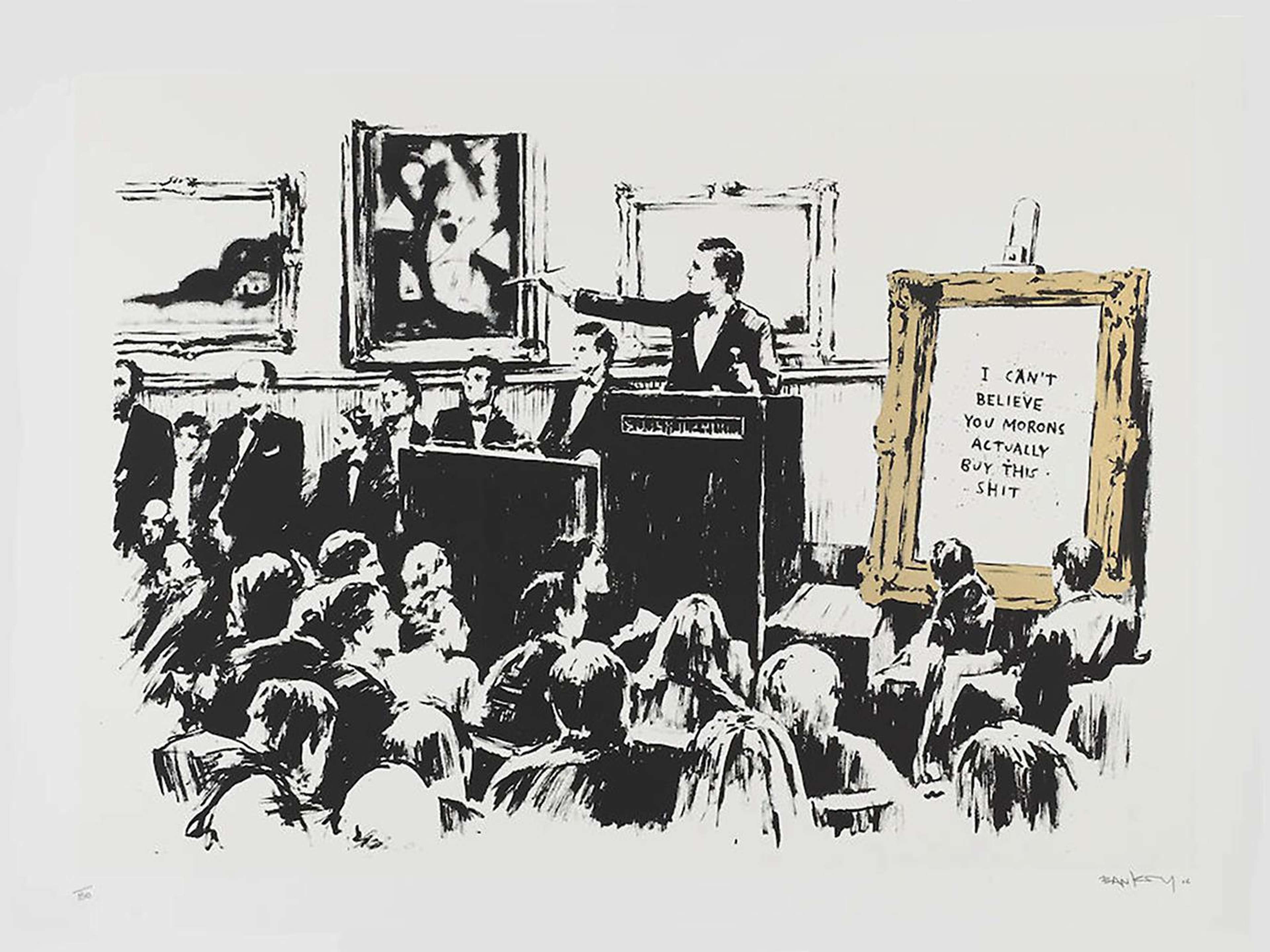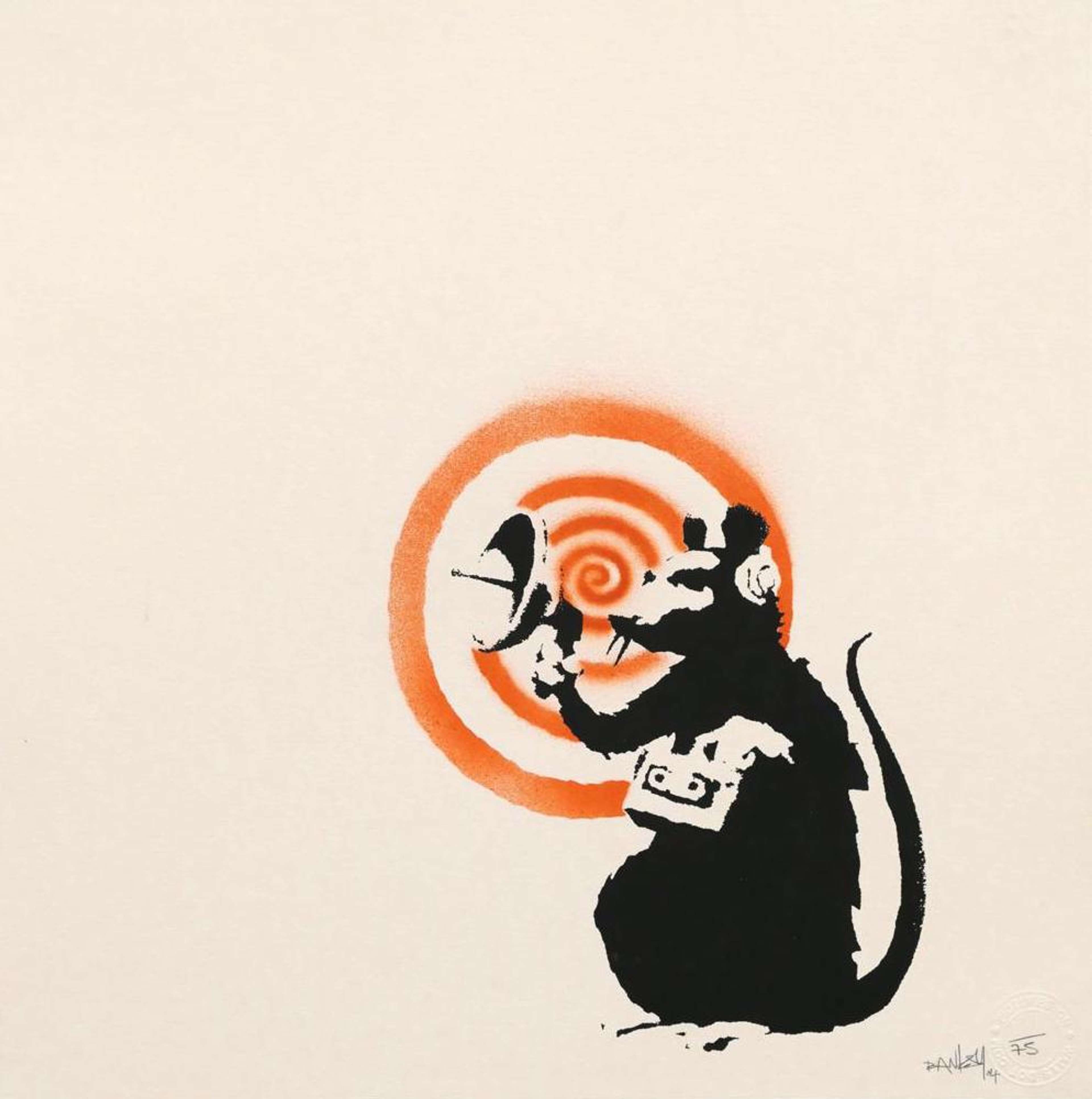The Art of Insuring Art: A Practical Guide for Insuring Your Art Collection

 MyArtBroker © 2024
MyArtBroker © 2024MyPortfolio
Key Takeaways
Art insurance is essential for protecting the financial and cultural value of art collections, especially for blue chip collectors. Specialised art insurance offers broader coverage than standard homeowners insurance, including protection during transit, storage, and exhibitions. To properly insure an art collection, collectors should assess the value of their artworks, obtain professional appraisals, and choose a suitable policy that reflects their collection's specific needs. Important considerations include coverage limits, deductibles, exclusions, and additional services offered by insurers. The cost of art insurance varies based on the collection’s value, location, security measures, and policy type. Regular updates and risk management strategies are vital for maintaining adequate coverage. Working with an art insurance broker ensures tailored advice and comprehensive protection. By taking these steps, collectors can safeguard their investments and enjoy their art with peace of mind.
Insuring an art collection is a critical aspect of protecting both its cultural and financial value. Blue chip art collectors, in particular, need to ensure that their valuable investments are adequately covered. This guide provides a comprehensive overview of the essential aspects of art insurance, including policy types, valuations, risk management, and more. By understanding these elements, collectors can safeguard their collections effectively, ensuring theory longevity and appreciation.
What is Art Insurance?
Art insurance is a specialised form of coverage designed to protect valuable artwork and art collections from risks such as theft, damage, and loss. Unlike standard homeowners insurance, which may offer limited protection for art, fine art insurance policies are tailored to the unique needs of art collectors. These policies cover a range of scenarios, including transit, storage, and display: ensuring comprehensive protection for investments in fine art.
All-Risk Policies: These offer the broadest coverage, protecting against a wide range of risks except those specifically excluded. All-risk policies are ideal for comprehensive protection, covering scenarios from theft to accidental damage.
When Do You Actually Need Art Insurance?
Art insurance becomes necessary when the value of your collection surpasses the coverage limits of standard homeowners insurance. If you own high-value artworks, whether they be oil paintings, works on paper, or blue chip prints and editions, dedicated art insurance is crucial. Additionally, if your collection is frequently exhibited, loaned, or transported, specialised insurance ensures that these activities are covered.
When considering whether you need art insurance, it is prudent to evaluate the potential risks specific to your collection. Factors such as the frequency of public exhibition, transportation, and the storage conditions can influence the necessity and type of coverage required. For instance, artworks displayed publicly or travelling to be exhibited are more susceptible to damage or theft, necessitating more comprehensive coverage. Additionally, if your collection includes highly valuable or irreplaceable pieces, specialised insurance becomes even more critical.
 MyArtBroker © 2024
MyArtBroker © 2024How Do I Insure My Own Art?
Insuring your art involves several steps:
1. Assess Your Collection: Determine the value and significance of the artworks you own. Start by cataloguing each piece in your collection, noting details such as the artist, title, dimensions, and medium. This initial assessment helps in understanding the overall value and scope of your collection.
2. Get Professional Appraisals: Obtain accurate and up-to-date valuations from certified art appraisers. Professional appraisals provide a formal evaluation of your artwork’s market value, which is essential for determining appropriate coverage limits. It is important to use appraisers who specialise in the type of art you own to ensure precise valuations. For owners prints and editions, MyArtBroker offers free valuations with zero obligation to sell, with specialists working across the Post-War & Contemporary, Street Art and Pop Art categories.
3. Choose the Right Policy: Select a fine art insurance policy that suits your needs. Consider factors such as the scope of coverage, exclusions, and premiums.
4. Document Your Collection: Maintain detailed records, including photographs, certificates of authenticity, and provenance documentation. Proper documentation supports your insurance claims and helps in the accurate valuation of your collection. Store both physical and digital copies of these records in secure locations.
5. Consult an Art Insurance Broker: Work with a broker to navigate the complexities of art insurance and secure the best coverage. Brokers have expertise in the art market and can provide tailored advice based on your specific needs.
What Does Art Insurance Cover?
Art insurance typically covers:
1. Theft and attempted theft: Protection against the loss of art due to theft. This includes coverage for stolen pieces, regardless of whether they were taken from a home, gallery, or during transit.
2. Damage: Coverage for damage resulting from accidents, natural disasters, or other unforeseen events. Accidental damage might include incidents such as a painting falling off a wall, while natural disasters cover events like floods, earthquakes, and fires.
3. Loss: Compensation for lost artworks. This applies in citations where the whereabouts of the artwork are unknown, and it cannot be recovered despite thorough search efforts.
4. Transit: Insurance of artworks while they are being transported. Transit coverage ensures protection from point of departure to final destination, including period of loading and unloading (subject to using a professional transportation firm).
5. Storage: Coverage for artworks while in storage. Whether your collection is kept in a personal storage space or a professional art storage facility, this ensures protection against damage or loss during storage.
6. Exhibitions: Protection for artworks on loan or display in exhibitions. Exhibition coverage includes risks associated with public display, such as increased exposure to handling and potential damage.
 MyArtBroker © 2024
MyArtBroker © 2024What to Look for in a Policy
When selecting an art insurance policy, consider the following:
- Coverage Limits: Ensure the policy covers the full value of your collection. The coverage limit should reflect the total market value of your collection, including any new acquisitions.
- Deductibles: Understand the out-of-pocket costs you may incur in the event of a claim. Higher deductible (or excesses) might reduce your premium but could lead to significant expenses if a claim is made.
- Exclusions: Be aware of any exclusions that might limit your coverage. Common exclusions might include wear and tear, gradual deterioration, or damage from specific perils not covered by the policy.
- Policy Terms: Review the terms and conditions to ensure they align with your needs. Pay attention to renewal terms, cancellation policies, and any clauses that might affect your coverage.
- Additional Services: Some insurers offer additional services such as risk management advice and assistance with claims. These services can provide valuable support in protecting and managing your collection.
The Cost of Art Insurance
The cost of art insurance varies based on several factors, including:
- Value of the Collection: Higher-value collections typically incur higher premiums. The overall market value of your collection is the primary determinant of the insurance cost.
- Location: The location of the artworks can impact the cost, with higher-risk areas leading to higher premiums. For instance, collections located in areas prone to natural disasters or high crime rates may attract higher premiums.
- Security: Collections with robust security measures may qualify for lower premiums. Insurers often offer discounts for properties equipped with advanced security systems, such as alarm systems, surveillance cameras, and secure display cases.
- Type of Policy: Comprehensive all-risk policies are generally more expensive than named perils policies. The breadth of coverage provided by the policy directly influences the premium cost.
- Frequency of Appraisals: Regular appraisals can impact insurance costs. Up-to-date valuations ensure that the coverage limits accurately reflect the current market value of the collection, preventing underinsurance or overinsurance.
 MyArtBroker © 2024
MyArtBroker © 2024Art Insurance for Collectors
For collectors, art insurance is an essential tool for protecting their investments. It ensures that their collections are covered against a variety of risks, allowing them to focus on enjoying and curating their art collections. Art insurance policies can be tailored to individual needs, covering everything from single pieces to entire collections.
Collectors should consider several factors when choosing art insurance:
- Custom Coverage: Tailor the policy to cover specific needs, such as transit, exhibition, or storage.
- Regular Updates: Periodically review and update the policy to reflect changes in the collection’s value and composition.
- Professional Advice: Seek advice from art insurance brokers and appraisers to ensure comprehensive coverage.
- Risk Management: Implement risk management strategies, such as enhanced security measures and environmental controls, to protect the collection and potentially reduce insurance costs.
Insuring an art collection requires careful consideration and expertise. By understanding the various aspects of art insurance, including policy types, coverage options, and valuation methods, collectors can protect their investments effectively. Working with an art insurance broker provides invaluable support in navigating the complexities of art insurance, ensuring comprehensive coverage and peace of mind. With the right insurance and management strategies in place, collectors can enjoy their art collections knowing they are well-protected and poised to appreciate over time.





















